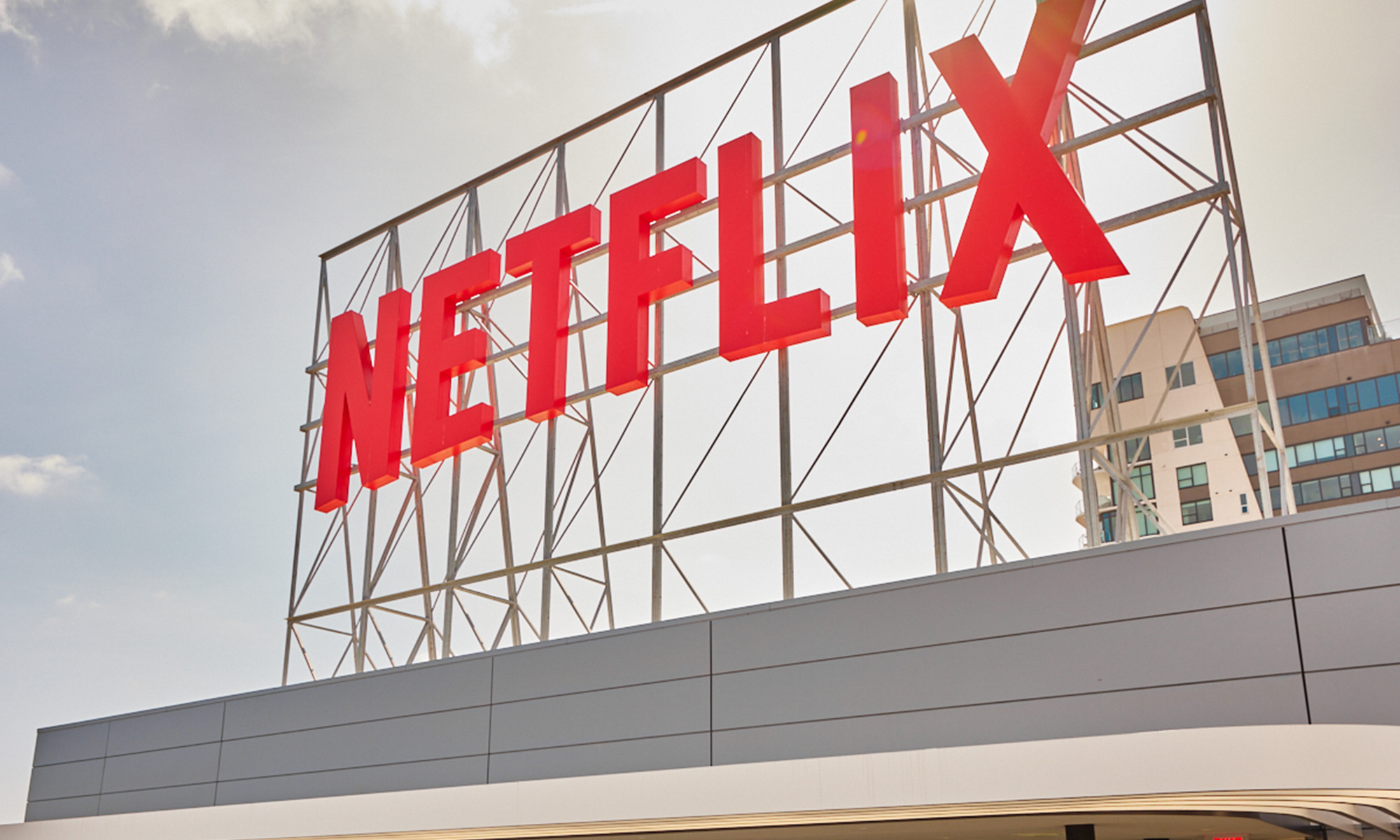
Shares of Netflix (NFLX +0.12%) hit yet another all-time high last week, and a couple of Wall Street pros think that the leading premium video service has room to keep moving even higher.
Stifel Nicolaus pushed its price target from $128 to $143 on Monday. Topeka Capital Markets got even more aggressive, jacking up its $126 goal all the way up to $161.
It's not a surprise to see the two analysts nudge their price targets higher. The stock traded just north of $129 when it peaked last Wednesday, pushing the stock past the price targets of $128 and $126 at Stifel and Topeka Capital Markets, respectively. The only two options at this point would've been to raise their price goals or lower their ratings, and it seems as if Wall Street has learned its lesson by being anything less than bullish on Netflix.
This doesn't mean that there aren't any naysayers. Citi and Societe Generale downgraded the stock earlier this summer. There's also no shortage of pessimism among retail investors and hedge funds. There were 26.8 million shares of Netflix sold short as of mid-July. That's a lot of bearish wagers placed on the stock, but this is actually the lowest short interest that Netflix has experienced in more than a year.
So, yes, saying that everyone loves Netflix is not technically correct. But it's close enough for a company that seems to be on fire these days.
Did you see how the big media stocks took a hit last week? Problematic ratings and pay TV revenue fueled fears that cord cutting is only intensifying, and you can thank folks binging on Netflix for a lot of that. With Netflix serving up more than 10 billion hours of content per quarter, obviously the money spent tuning into Netflix is money that isn't spent watching more conventional programming.
Netflix is rolling, armed with 65.55 million streaming subscribers worldwide. It's coming off another blowout quarter with revenue soaring 29% since the prior year. Earnings went the other way, but the bottom line was held back by the costs of Netflix's brisk expansion overseas. Closer to home, margins continued to widen as Netflix cashes in on the economies of scale inherent to its model. As more people sign up for Netflix, the company can spend that much more on additional content since the costs are divided by a larger audience. The larger its subscriber base grows the cheaper content becomes on a per-subscriber basis. This is a bigger advantage than the thinning crowd of skeptics believe, giving Netflix a powerful yet sometimes misunderstood invisible moat.
The bulls know all about it, and with two more Wall Street pros getting even more ambitious with their upbeat price targets it seems as if the market knows all about it, too.






